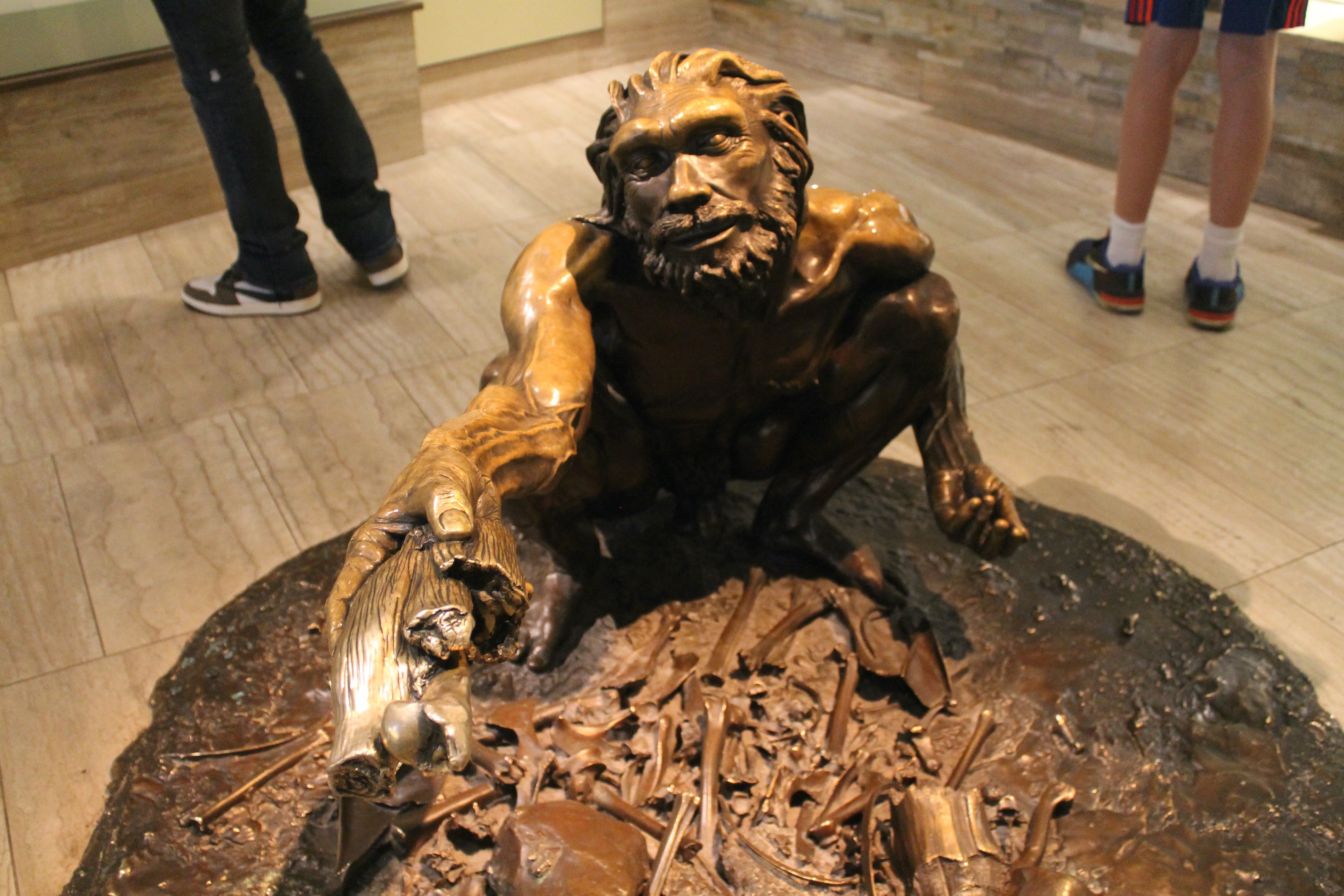The Thirty Years’ War was a pivotal event that played a significant role in shaping the political landscape of early modern Europe. Lasting from 1618 to 1648, this conflict had far-reaching implications that not only transformed the political dynamics of the time but also influenced the course of history for years to come.
The Causes and Origins of the War
At its core, the Thirty Years’ War was fueled by religious and territorial disputes, as well as the power struggles between European states. The conflict had its roots in the tensions between the Catholic and Protestant factions, with the Holy Roman Empire serving as the focal point of contention.
The initial spark of the war was the Bohemian Revolt, where Protestant nobles rebelled against the Catholic Habsburg rulers, triggering a series of events that eventually escalated into a full-scale war involving most of the major European powers at the time.
The Impact on European Politics
As one of the longest and most destructive conflicts in European history, the Thirty Years’ War had a profound impact on the political landscape of the era. The war saw the rise of modern diplomacy and the emergence of new alliances and power structures, ultimately altering the balance of power in Europe.
Moreover, the Peace of Westphalia, which ended the war in 1648, marked a turning point in European political history. This treaty not only recognized the sovereignty of individual states but also laid the groundwork for the modern state system, fundamentally reshaping the political order of the time.

Credit: www.amazon.com
Key Figures and Turning Points
Throughout its duration, the war saw the involvement of prominent figures such as Cardinal Richelieu of France and Gustavus Adolphus of Sweden, whose strategic maneuvers and military campaigns played critical roles in shaping the outcome of the conflict. The Swedish intervention, in particular, proved to be a decisive turning point in the war.
Furthermore, the war witnessed a series of battles and sieges that left a lasting imprint on the political and military strategies of the period, exemplified by the Battle of Rocroi and the Siege of Breitenfeld, both of which demonstrated the evolving nature of warfare in early modern Europe.

Credit: extinctmonsters.net
Legacy and Lessons Learned
As a defining chapter in early modern political history, the Thirty Years’ War left behind a legacy that continues to resonate in the study of international relations and political theory. The war’s impact on state sovereignty, religious tolerance, and the dynamics of European power politics continues to be a subject of scholarly inquiry and debate.
Moreover, the lessons learned from the war, particularly with regard to the destructive nature of prolonged conflicts and the imperative of diplomatic negotiations, have informed subsequent efforts to prevent similar large-scale conflicts in the centuries that followed.
Frequently Asked Questions On Early Modern Political History Thirty Years’ War: Unlocking The Secrets Of Political Intrigues
What Was The Cause Of The Thirty Years’ War?
The Thirty Years’ War was primarily caused by religious tensions among Protestants and Catholics, territorial disputes, and power struggles within Europe.
How Long Did The Thirty Years’ War Last?
The Thirty Years’ War lasted for 30 years, from 1618 to 1648, making it one of the longest and most devastating conflicts in history.
Who Were The Major Participants In The Thirty Years’ War?
The major participants in the Thirty Years’ War were the Holy Roman Empire, France, Sweden, and Spain, along with various German states and other European powers.
What Were The Consequences Of The Thirty Years’ War?
The Thirty Years’ War resulted in significant political, social, and religious changes in Europe. It weakened the Holy Roman Empire, strengthened the power of nation-states, and led to a shift towards secularism.
Conclusion
In conclusion, the Thirty Years’ War stands as a pivotal moment in early modern political history, shaping the course of European politics and international relations for generations to come. Its multifaceted impact on statecraft, diplomacy, and the balance of power underscores its enduring significance as a transformative event in the annals of history.
Guest Author Sakhawat-Shuvo wrote and edited this Article based on his best knowledge and understanding. These opinions and remarks are not endorsed or guaranteed by epichistoria.com or EpicHistoria. The Epic Historia does not guarantee this article’s content. Readers should verify and use their judgment before trusting the content. Also, the Images used in this Article are the copyright of their Respective Owners. Please use our Comment Box or Contact Us form to report this content. This information is not accountable for losses, injuries, or damages.


